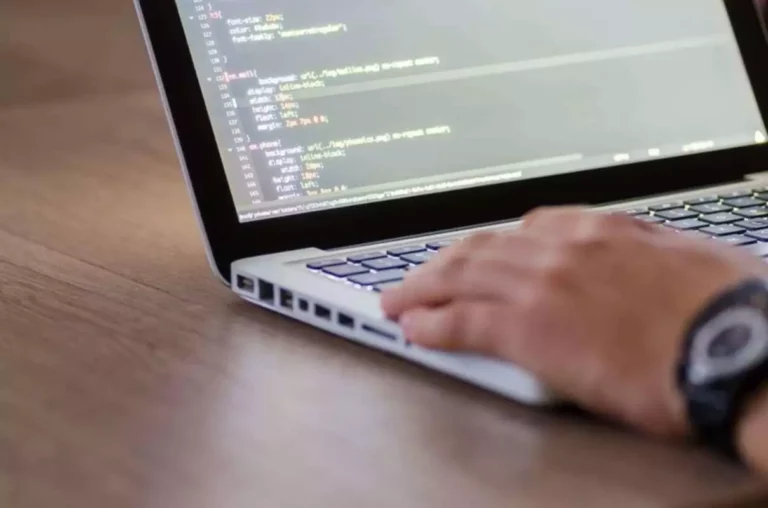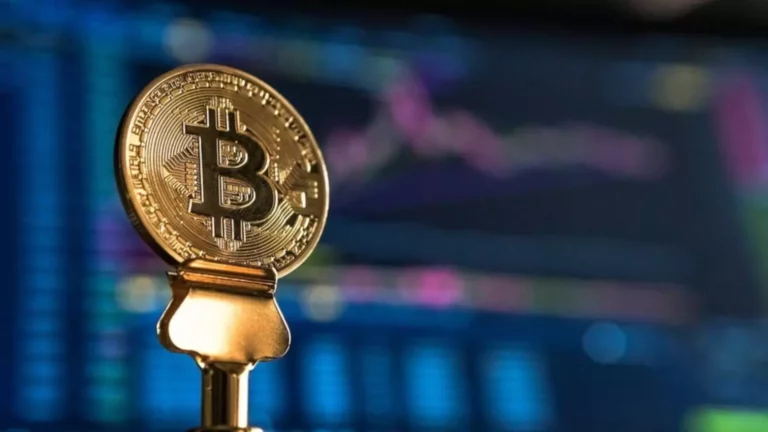Central apps, which are simply what we generally refer to as ”apps”, are owned by a specific company. The organizations behind apps generally store the application software on central servers, which the company controls. Decentralized applications, or dApps, are software programs that run on a blockchain or peer-to-peer (P2P) network of computers instead of on a single computer.

Peepeth, a social network alternative to X, is an example of a decentralized app. Cryptokitties is a dApp game that allows users to buy and sell virtual cats. MakerDAO is a decentralized credit service supporting the stablecoin Dai that allows users to open a collateralized debt position (CDP). For example, BitTorrent, Tor, and Popcorn Time are applications that run on computers that are part of a P2P network, which allows multiple participants to consume content, feed, or seed content. What blockchain decentralization introduces is a ‘trustless’ framework, where users do not have to trust any external third-party with their information in order to perform an operation. Wherever there is an internet connection, individuals can lend, trade, and borrow using software that records and verifies financial actions in distributed financial databases.
On smart contracts
Other Third Party Funds are offered to advisory clients by Titan. Before investing in such Third Party Funds you should consult the specific supplemental information available for each product. Certain Third Party Funds that are available on Titan’s platform are interval funds. Investments in interval funds are highly speculative and subject to a lack of liquidity that is generally available in other types of investments. Actual investment return and principal value is likely to fluctuate and may depreciate in value when redeemed. Liquidity and distributions are not guaranteed, and are subject to availability at the discretion of the Third Party Fund.
Smart contracts, also called Web3 contracts, are essentially programs stored on a blockchain network that execute a predefined action when predefined conditions are met. Smart contracts are often used to automate the execution of agreements so that participants are certain of outcomes. What’s more, since code mediates these agreements, participants do not need to worry about intermediaries’ involvement or time losses. Since dApps interact with the Ethereum blockchain to work, it also makes it easy to integrate cryptocurrency transactions into the app, making payments for services possible. Like Bitcoin, Ethereum is only pseudonymous, since there are ways to link the identity of a crypto-waller owner to that wallet.
What Is Decentralized Finance (DeFi) and How Does It Work?
In simple words, businesses can also improve and earn huge profits with decentralized apps. We’ll discuss Lighthouse in detail in Chapter 5, but it is a Bitcoin wallet embedded with a series of smart contracts. These smart contracts help pledge money to certain projects just like Kickstarter.

These applications can be used to form a leaderless organization where every function of the organization like a person’s voting, releasing funds etc are decided by the program of the app itself. Since its inception, decentralization has been revolutionizing industries like content-creation, music, casino gaming etc. Any framework of the world that is centralized and requires transparency and immutability can be changed by employing the blockchain technology. https://www.xcritical.com/blog/decentralized-applications-dapps/ This content is provided for informational purposes only, and should not be relied upon as legal, business, investment, or tax advice. References to any securities or digital assets are for illustrative purposes only and do not constitute an investment recommendation or offer to provide investment advisory services. Decentralized apps offer numerous advantages, from enhanced security and transparency to user ownership and global accessibility.
What Are Ethereum dApps?
In this way, dapps enable a truly fair and democratic collaboration, which can be useful across nearly all industries and projects. When an application is built on a P2P network, such as a distributed ledger, each member of that network contributes to the program. https://www.xcritical.com/ From computing power to storage, each of the roles that a central server would normally fill are distributed across the network. Developers do not need to maintain and secure a central server, and users can directly participate in running the app.

Banks and other financial institutions use centralized apps to give their customers online access to their accounts. Through dApps, the connection between users and providers is made directly without having to go through an external party. Besides this, there is no central point of failure in the network that could bring the entire system down immediately. Transactions do not include an individual’s name but are traceable by the entities that have access, including governments, and law to protect an individual’s financial interests.
Sorry, you have been blocked
For example, the creators of a social network dapp are powerless to remove a post or exclude a user. They are also unable to sell users’ data to other entities because dapps run autonomously once they’re launched. The blockchain stores copies of its expanding stack of data on a large number of participating computers, known as “nodes,” all at once. These computers are owned by users, not by the creators of the dapp. A full explanation of how blockchain technology works can be found here. The application software for a centralized app resides on one or more servers controlled by the owner.

Smart contracts enforce rules defined in the code and mediate transactions. A new model for building massively scalable and profitable applications is emerging. Bitcoin paved the way with its cryptographically stored ledger, scarce-asset model, and peer-to-peer technology. These features provide a starting point for building a new type of software called decentralized applications, or dapps. Dapps are just now gaining media coverage but will, I believe, someday become more widely used than the world’s most popular web apps.